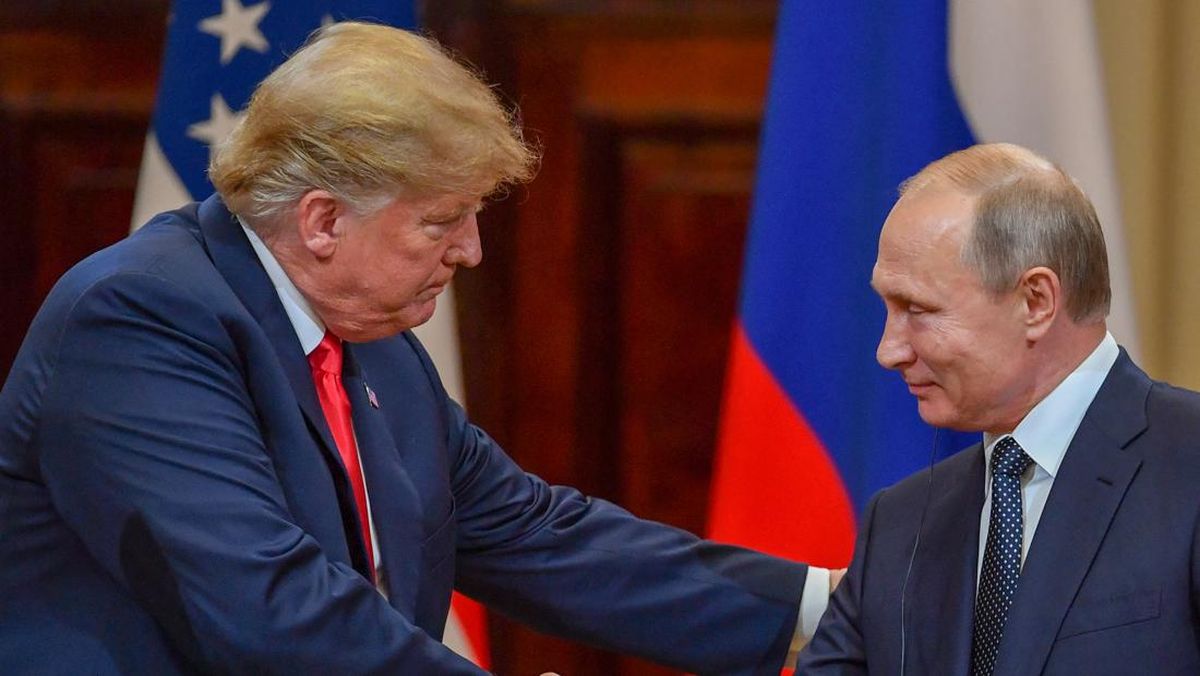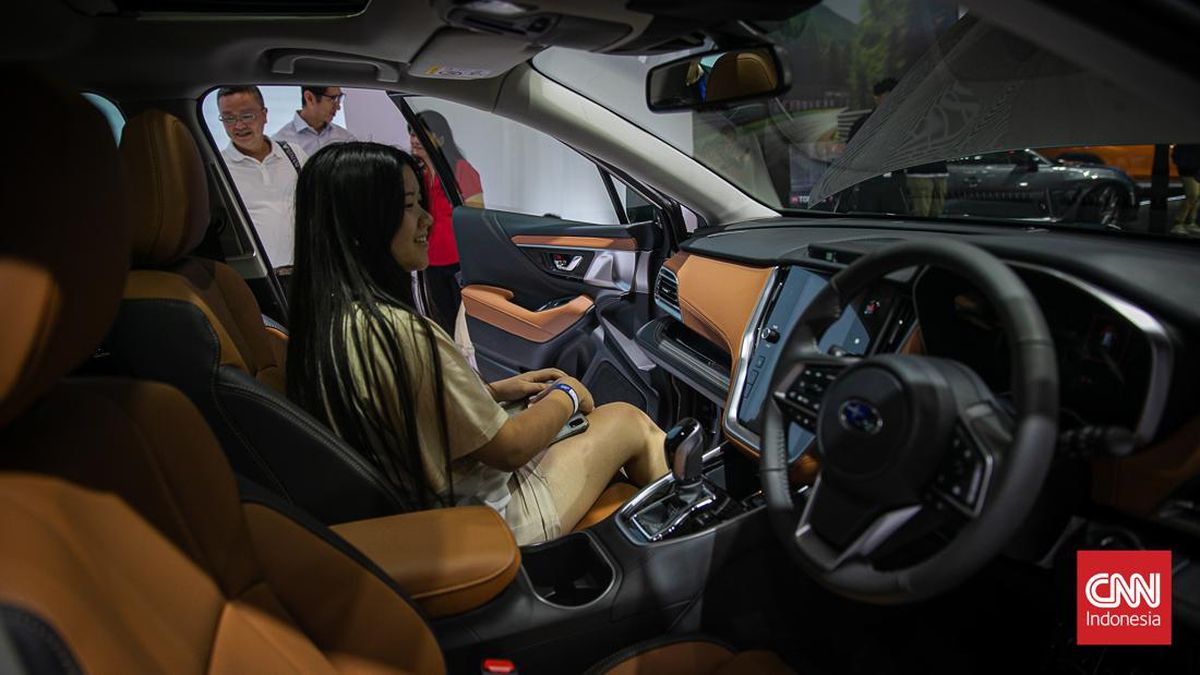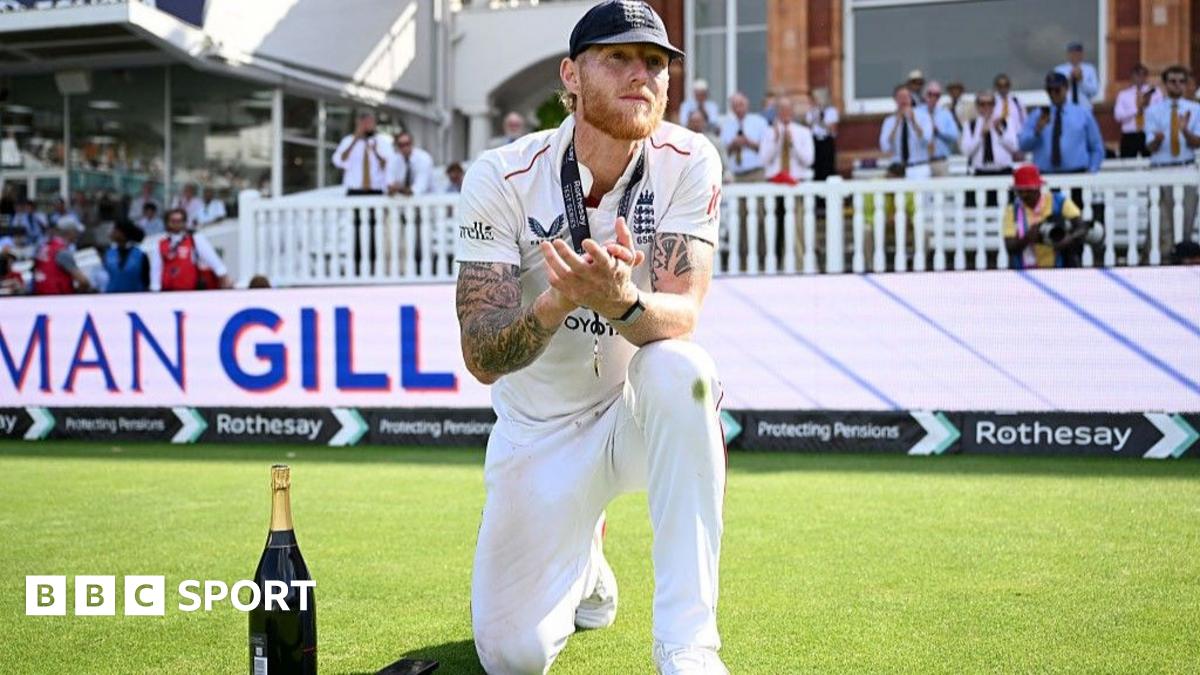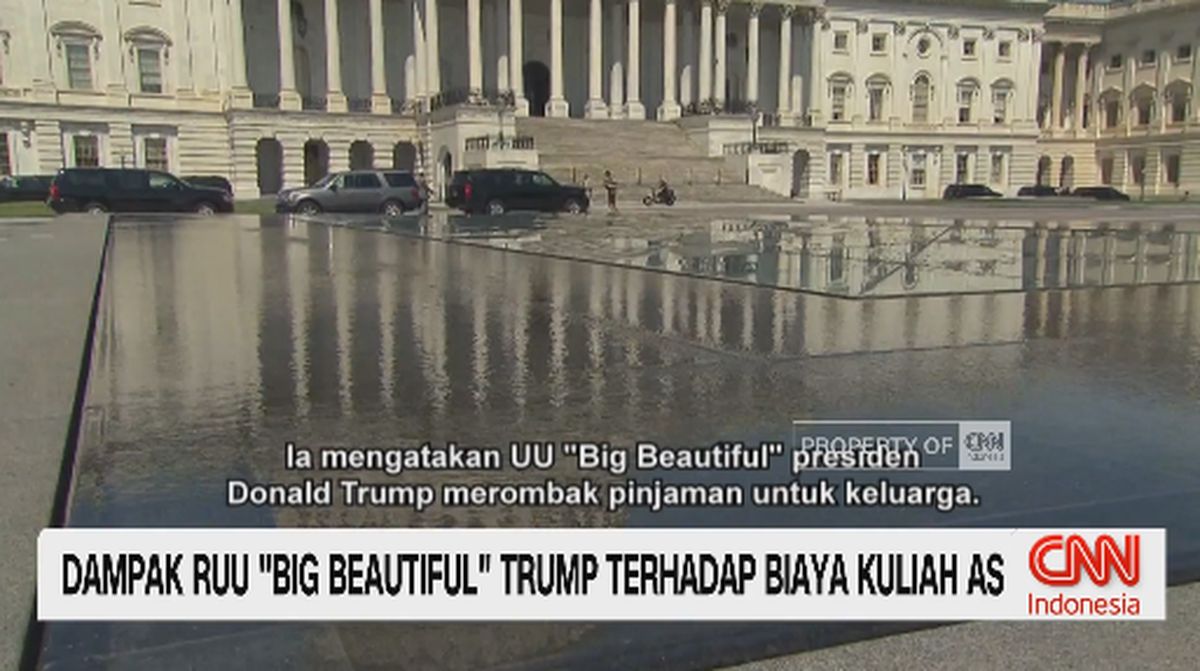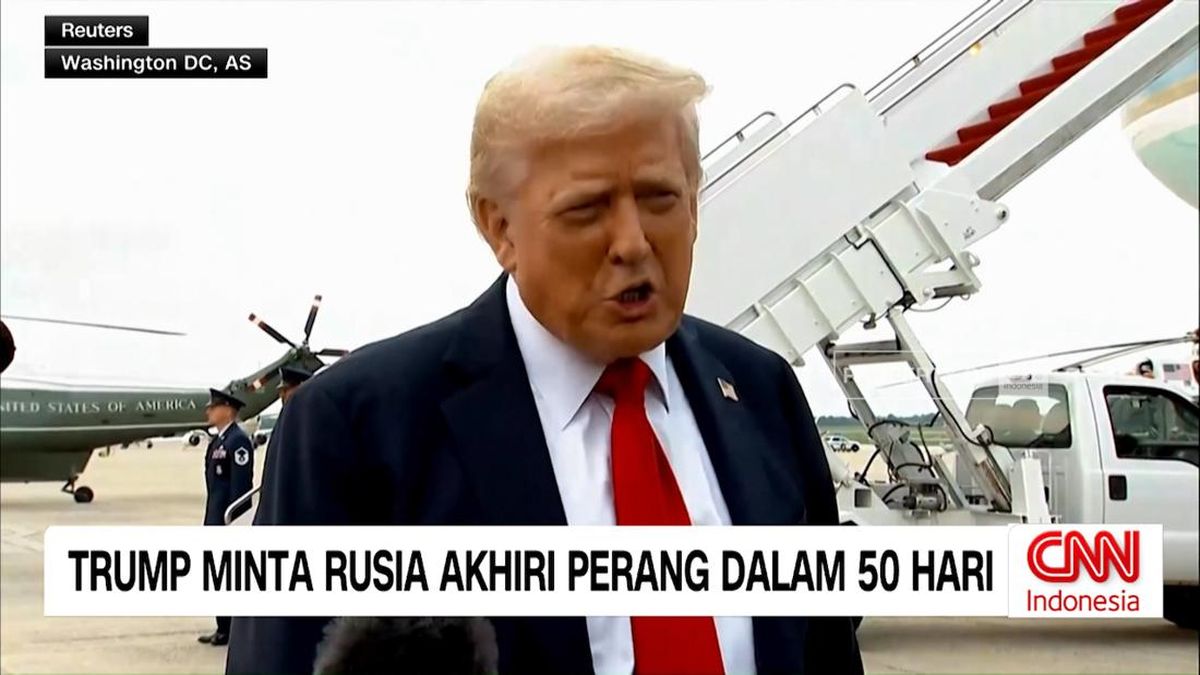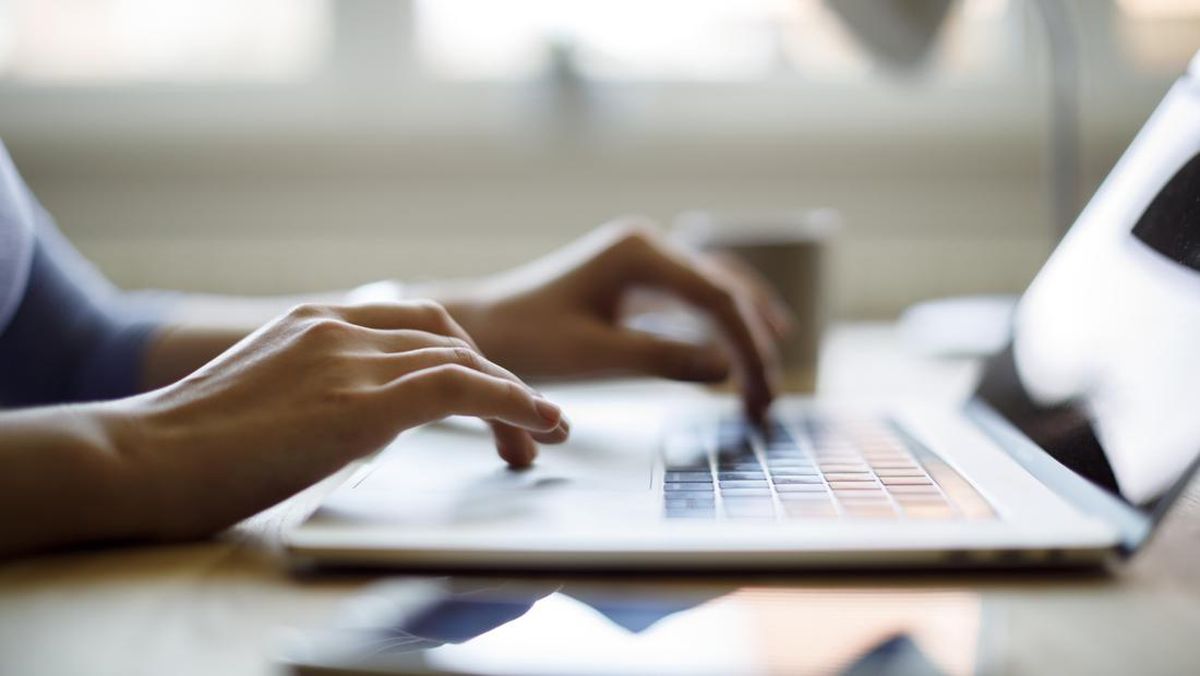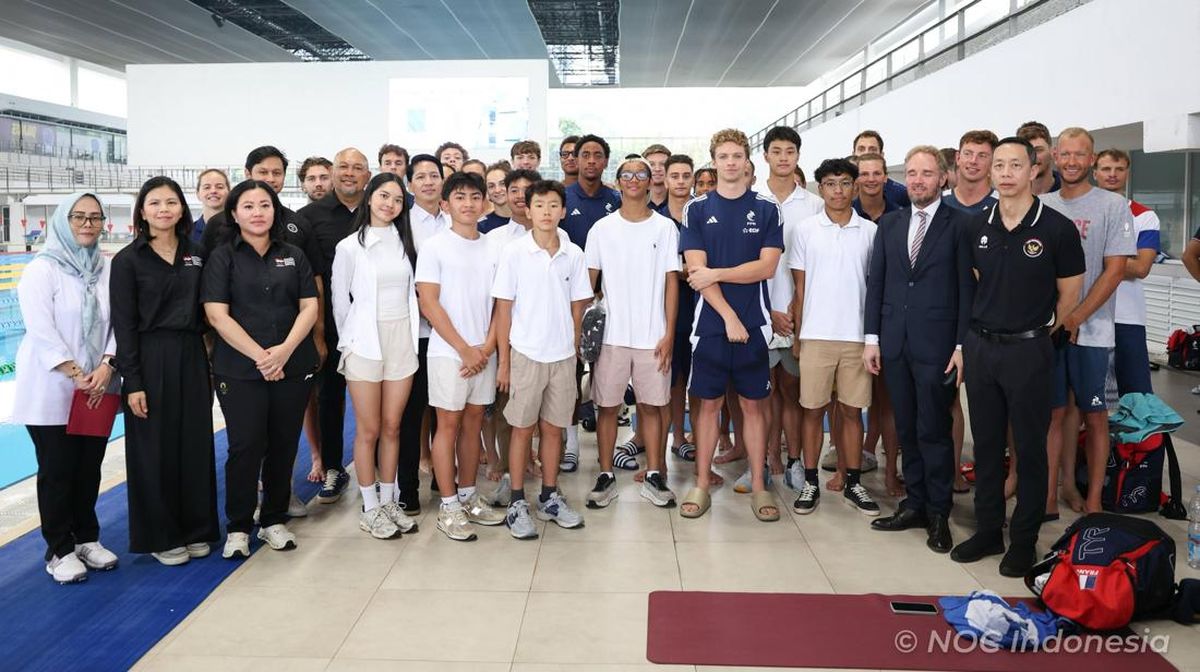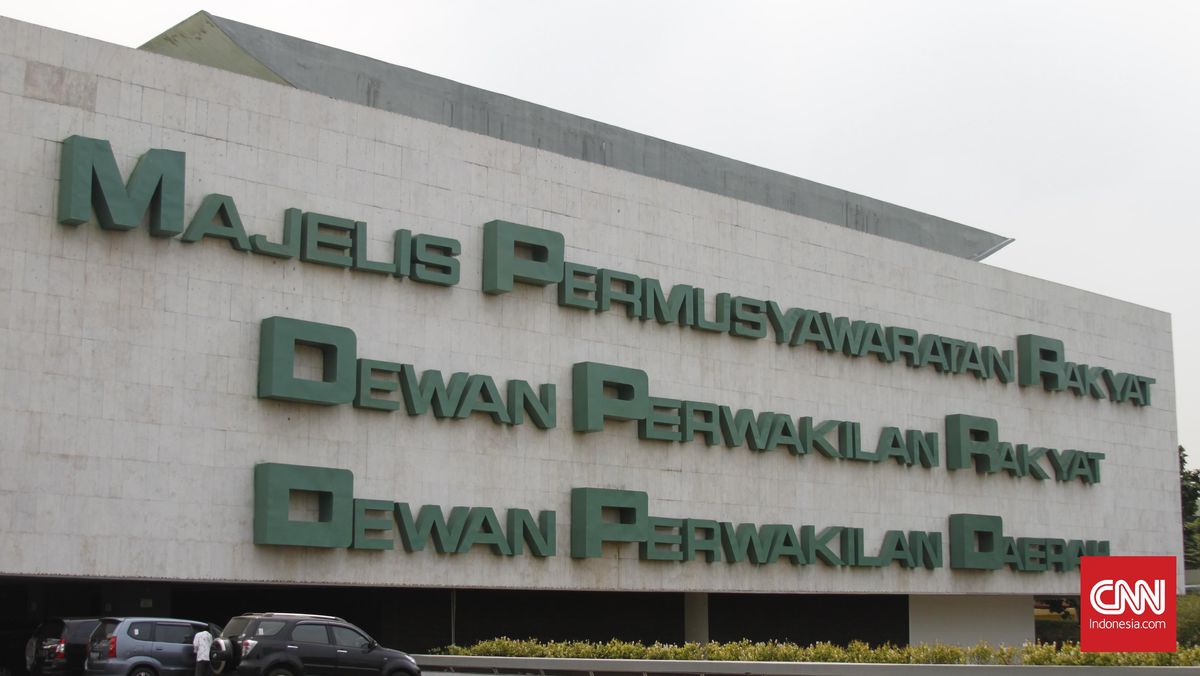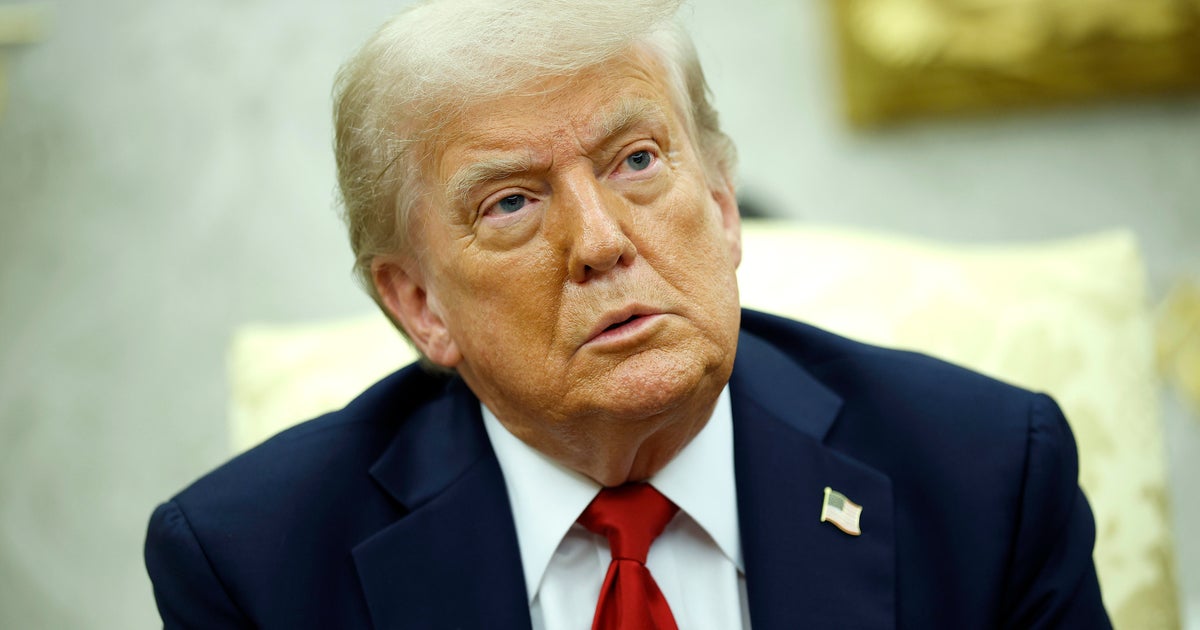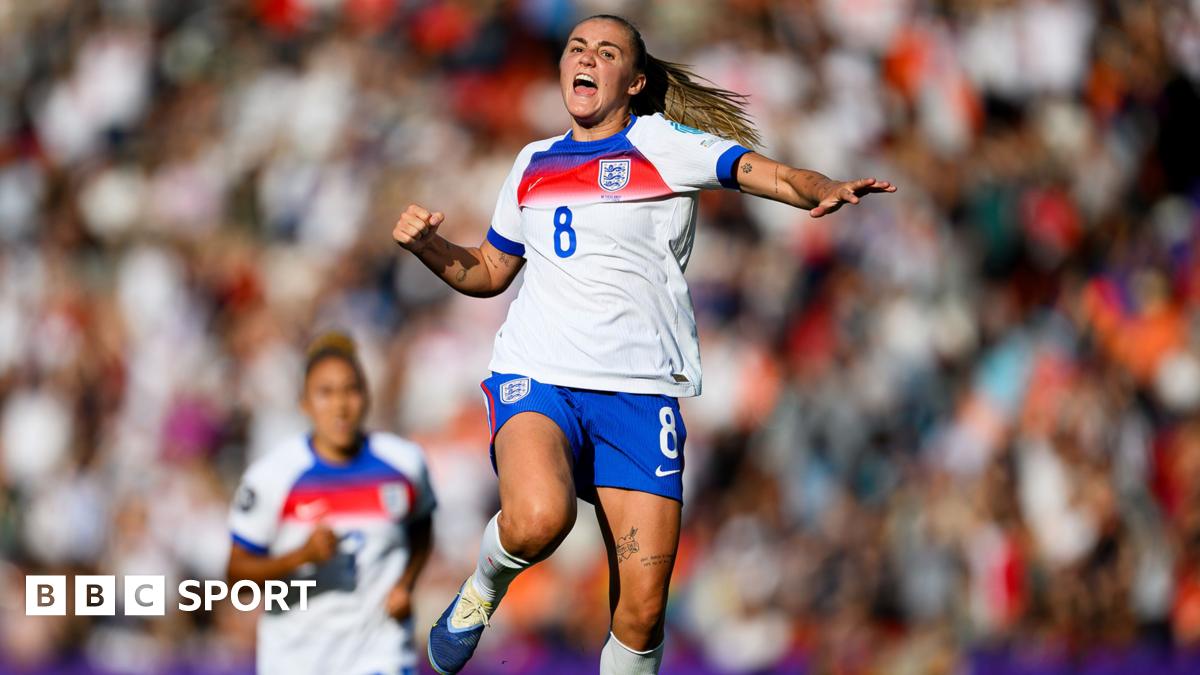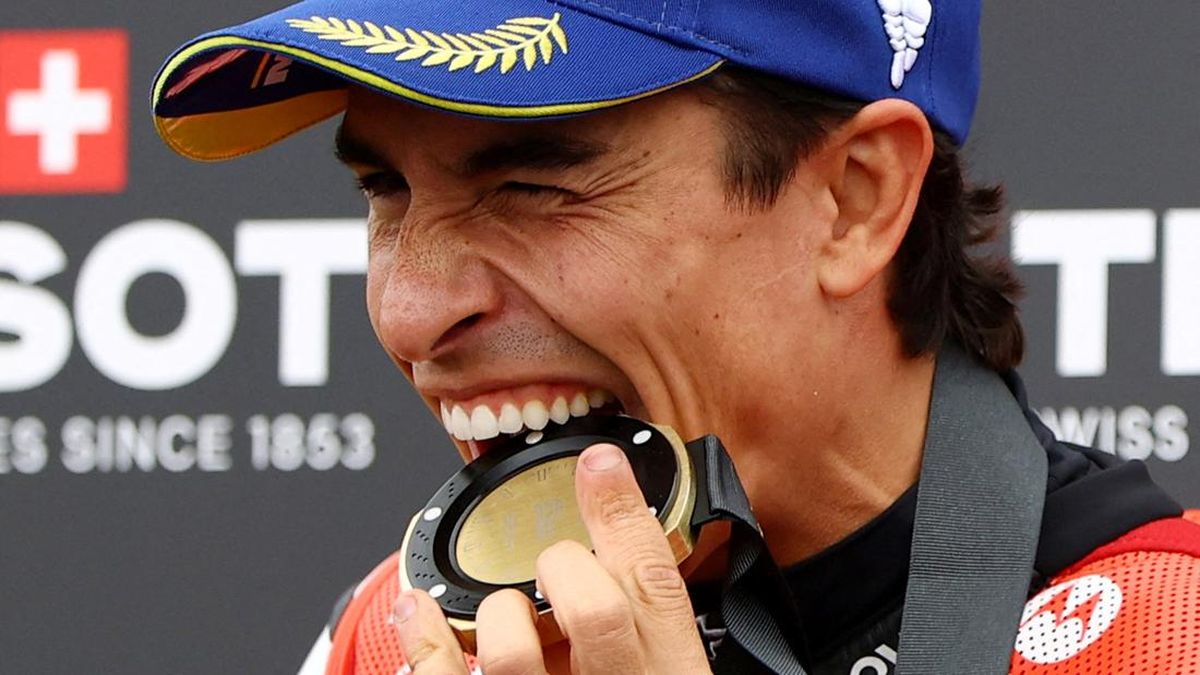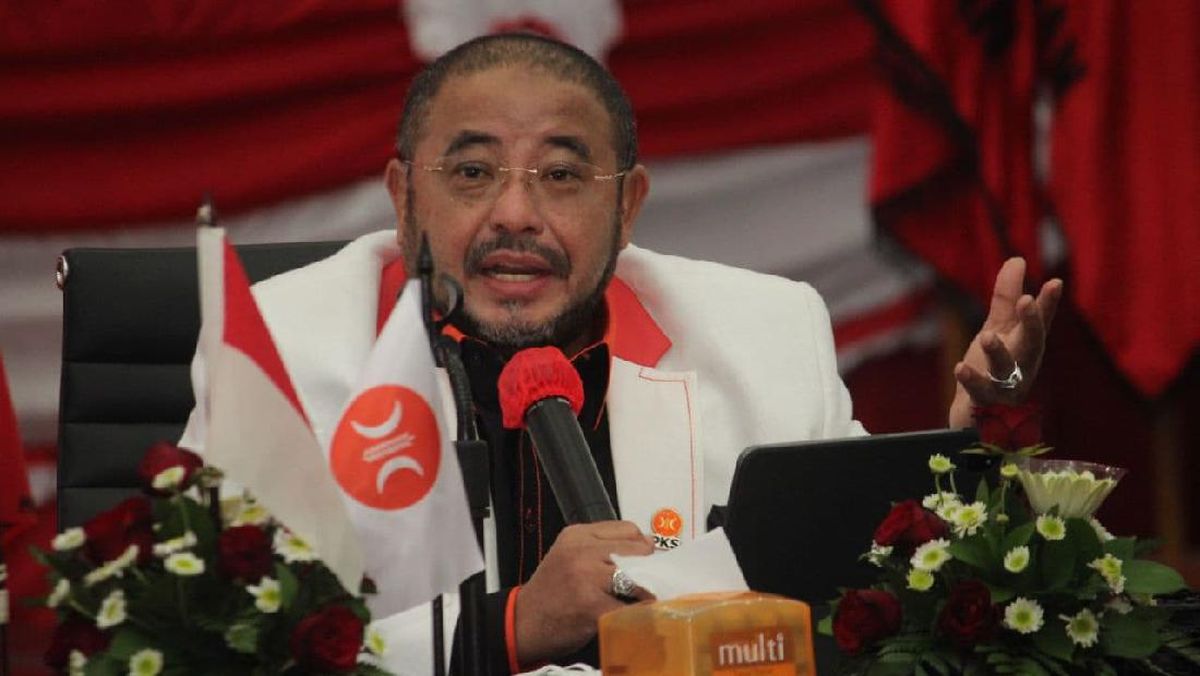London: It is wise to be wary about Donald Trump’s tough talk when he speaks about Ukraine, even when he effectively labels Russian President Vladimir Putin an assassin.
This time, however, the American president is throwing serious military hardware behind his message to Putin about the need for peace talks. And his tariff threat is not just aimed at Russia but also at those who buy its oil, such as India and China.

US President Donald Trump and Russian President Vladimir Putin.Credit: Marija Ercegovac
“I don’t want to say he’s an assassin, but he’s a tough guy,” Trump said of Putin on Monday in Washington. The label sticks after a remark like that.
That kind of language would have been unthinkable only months ago, when Trump still admired the autocrat in the Kremlin. So this is a turning point – but the words only matter because there is some muscle behind them.
The military commitment is not just about sending Patriot systems that intercept Russian missiles. Yes, European countries will pay for more of these US systems to ship to Ukraine to defend civilians from nightly bombardment. Ukraine has been asking for more of these for months.
Loading
The arms supply deal is about going on the attack, not just defence. NATO Secretary-General Mark Rutte, sitting next to Trump in the Oval Office on Monday to announce the plan, made this very clear.
“The US will keep its stockpiles necessary to defend this country, that’s absolutely clear,” Rutte said.
“But it will mean that Ukraine gets its hands on really massive numbers of military equipment, both for air defence, but also missiles, ammunition.”
The US and Europe, in other words, are helping Ukraine attack Russian territory in a bid to force Putin to the negotiating table on a ceasefire.
Of course, Rutte used the public event to make Trump look like a winner.

A Ukrainian man inspects damage to apartments after a Russian air strike in Kyiv this month.Credit: Bloomberg
The NATO chief is seen as the “Trump whisperer” in Europe because he has helped shift the president away from his carping about Ukrainian President Volodymyr Zelensky in February. The flattery is a small price to pay for a military deal that might work.
Rutte named Germany, the United Kingdom, Canada, Finland, Sweden, Norway and Denmark as countries in the weapons deal. He did not reveal the cost, but The Wall Street Journal reported it was about $US10 billion ($15.3 billion).
Trump said 17 Patriot batteries would be sent very quickly – a significant move if true. The Patriot is the only reliable defence against Russian high-speed missiles, and some reports suggest Ukraine only has six batteries.
Loading
Trump and Rutte did not offer details about the other supplies, but there is no secret about what Ukraine needs. Russia is making more artillery shells than Europe – a fact Rutte has admitted and is clearly worried about. Europe needs to scale up its manufacturing capacity simultaneously with supplying Ukraine.
This also explains why the Australian government is spending massively on domestic manufacturing of guided missiles and 155mm artillery shells: the country will not be able to rely on imports for its defence.
The tariff threat may turn out to have greater leverage than the war on the ground and in the air. If Trump acts on this threat, the problem for Putin would not be the 100 per cent tariffs targeting Russia – it would be the economic squeeze on his customers.
Trump has a history of arbitrary deadlines and empty threats. The TACO jibe – Trump Always Chickens Out – hurts him because it is true.
Loading
This time, he says the new tariffs would be applied 50 days from now unless Putin agrees to a peace deal. With other tariff threats, Trump has simply strung out the negotiations and shifted the deadlines.
These are secondary tariffs, so the real targets will be India and China.
Will the White House really impose huge tariffs on those countries because they buy Russian oil? Trump is already taking on Chinese President Xi Jinping in a tariff war. Will he not only escalate that fight, but open a second front with Indian Prime Minister Narendra Modi?
Some of Trump’s Republican allies, led by South Carolina Senator Lindsey Graham, want to go harder. He proposes a 500 per cent tariff in a bill before the Congress. “China, India and Brazil – you’re about to get hurt big-time if you keep helping Putin,” Graham told CBS News on Sunday.
Trump is not being as pointed as his Senate friend. The mere fact that Trump has threatened tariffs on Russian allies is a huge about-face from his previous approach of blaming Zelensky, and it is a measure of his frustration with Putin.
The US president probably thinks he has set a deadline for Putin. In fact, he has set one for himself. His threat will only work if there is muscle behind the menace.
This is now a test between the narcissist in the White House and the assassin in the Kremlin. And we do not know who will win.
Get a note directly from our foreign correspondents on what’s making headlines around the world. Sign up for our weekly What in the World newsletter.
Most Viewed in World
Loading

